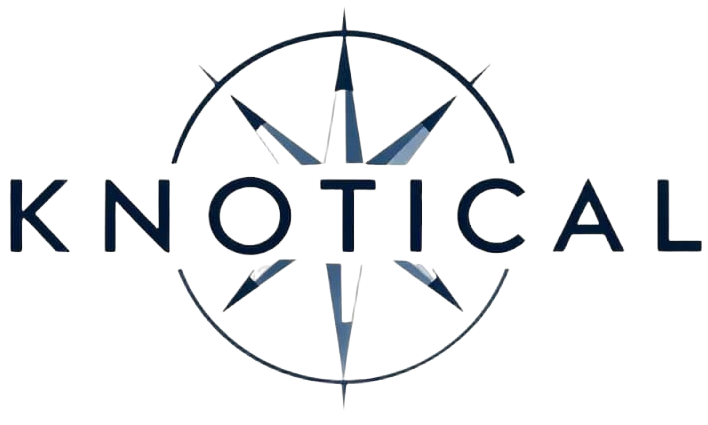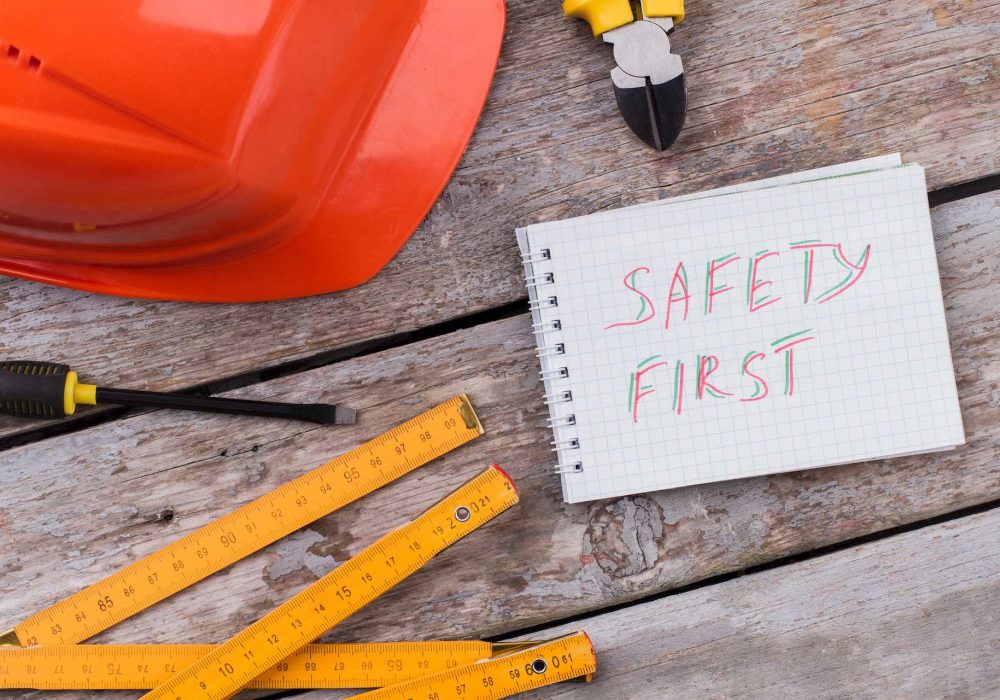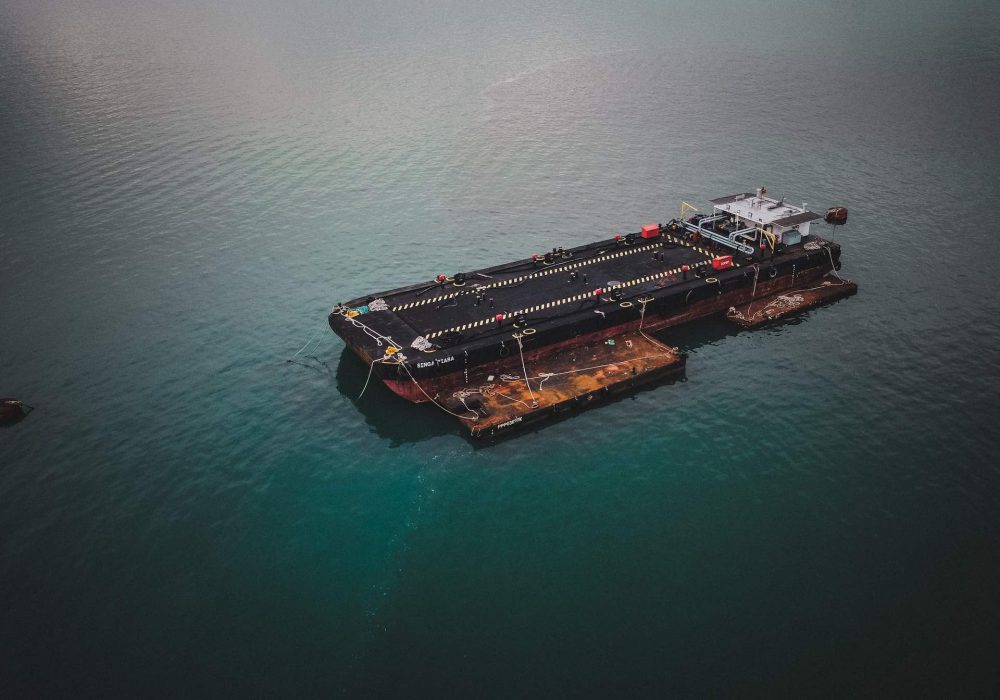Preparing for SIRE 2.0 : Ensuring Safety, Compliance, and Sustainability
The shipping industry is undergoing significant changes to improve safety standards, environmental responsibility, and operational transparency. One key initiative driving this transformation is SIRE 2.0 (Ship Inspection Report Program 2.0), which updates the previous version with a focus on comprehensive inspections and a human-centered approach to risk management. With more stringent requirements and a deeper […]




